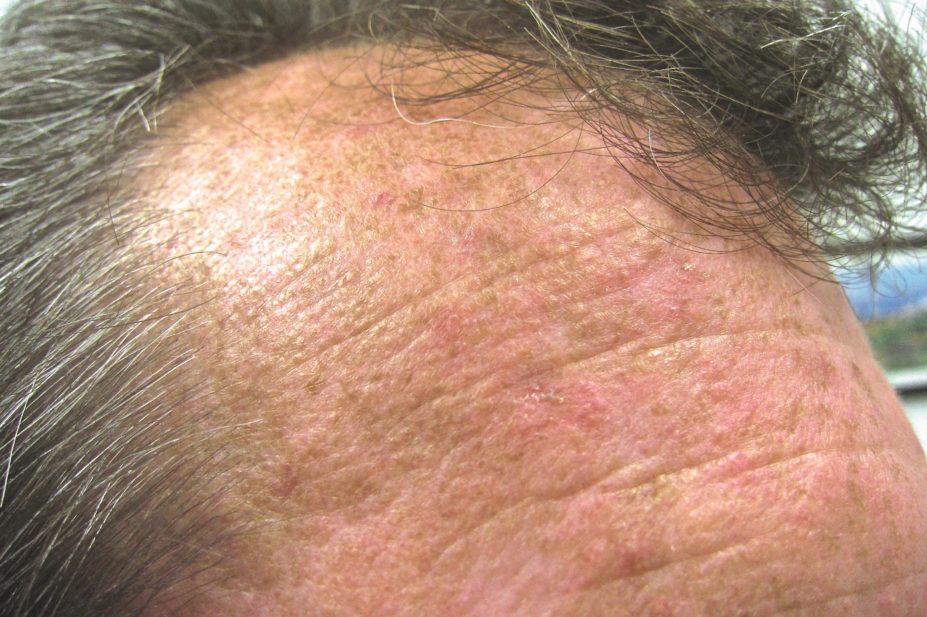
Future FamDoc / Wikimedia Commons
Picato gel (ingenol mebutate), used to treat actinic keratosis, has been linked with shingles, severe allergic reactions, eye injuries and skin reactions when used incorrectly, the US Food and Drug Administration (FDA) has warned.
After reports of allergic reactions, including anaphylaxis, skin rashes and shingles, through the MedWatch Safety Information and Adverse Event Reporting Program, the FDA has requested changes to the product label, including warnings about risks and additional instructions on its use.
Picato gel’s active ingredient is derived from the sap of the plant Euphorbia peplus, also known as petty spurge or milkweed. The gel kills the cells that make up the dry, scaly patches of skin in actinic keratosis. These patches are caused by excess sun exposure and may lead to squamous cell carcinoma, one of the most common forms of skin cancer.
To avoid eye and skin damage, Picato gel should not be used in, near or around the mouth, eyes or lips, on a larger area than required, or for longer than needed. It should not be mixed with other medications, or covered with dressings, and special care should be taken to avoid accidentally transferring gel from the hands, for example when showering, applying makeup or inserting contact lenses. Patients should report any symptoms of allergic reactions, rashes or eye exposure to their doctor, the FDA says.


